Nestled within the prefecture of Gifu is the charming riverside town of Gujo Hachiman (郡上八幡, Gujō Hachiman) which is just less than 2 hours away from the city of Nagoya. I was fortunate enough to have been invited to this place by the Gifu Prefecture Tourism Federation this year, and I’m so glad that they have given me an incredible opportunity!
After all, it was amazing to discover such a place that’s apparently famous for its pristine waterways, summer dance festival, and fake food — yes, you read that right! In fact, Gujo is commonly referred to as the “Fake Food Capital of Japan”.
Now, what do I mean by this?
Well… you’ll just have to continue reading below to learn more about the numerous wonders Gujo holds that will surely make your Japan trip a memorable one!
To start off, let me present to you a list of incredible things to do!
» Quick Travel Planning
» READ:
– Japan Itinerary
– Chubu Itinerary
Things to Do in Gujo Hachiman
1. Discover Gujo’s famous ‘sampuru’ or Food Replicas
If you’ve already been to places in Japan before (such as Tokyo, Kyoto, Osaka, etc.) I bet you have seen those real-looking fake food displays at the entrance of restaurants or shops that could instantly make you crave the dishes that they’re advertising.
Well.. those are called ‘sampuru‘ and as a billion-yen industry in Japan, Gujo is said to be its leading producer, thereby making the town a lucrative manufacturer of food replicas in the country! To date, there are about 10 sampuru workshops in Gujo and 4 of them currently offer hands-on programs so that people can experience the process of some sampuru items.
I had the chance to make them with one of the 4 workshops, Sample Kobo, and it turned out to be such a fun and informative activity! I would absolutely recommend that you try it as well. To know how, read my guide below…
READ: Making Unique ‘Sampuru’ in Japan’s Fake Food Capital: Gujo Hachiman!
2. See the nearby Otaki Cave
One of the natural wonders that Gujo has is its 3 different limestone caves but is Otaki Cave (Otaki Shonyudo) which is the most popular due to its interior waterfall design that stretches up to 30 meters high. Because of this, it is the tallest underground waterfall in Japan!
Once on-site, a small cable car will take you up to the cave entrance. You are then free to go through the cave’s well-marked walking course in your own time. On average, going through the cave will take you about 30 minutes — just be careful when walking though, because there are some very steep staircases.
ADMISSION: ¥1,000
HOURS: 8:30AM to 5:30AM (you can enter only up until 5:00)
DIRECTIONS: There is no public transportation that goes through Otaki Cave. But you can reach it easily with a car or taxi (20 minutes from the city center).
.
3. Step into a temple
One of the beautiful temples in Gujo is Jionzenji: a 16th-century temple that’s well-known for its lovely Zen garden which was designed by a priest. It features a pond and a waterfall that’s surrounded by towering maple trees; but unfortunately, it cannot be entered. Still, you can view it from inside the temple building.
As for the temple itself, it was first built as a family temple of the feudal lord that used to contain and feature mausoleums of 4 former feudal lords, a Zen monastery, and the main temple hall. Today, however, those are destroyed by a landslide in the 1950s so the Jionzenji that you will see has since been rebuilt. Either way, a visit to this temple will surely be worth your while.
Other temples you can find are Dai Jo Ji Temple, Cho Kyo Ji temple (as pictured above), An Yo Ji Temple, and Gochiku In Temple.)
ADMISSION: ¥300
HOURS: 9:00AM to 5:00PM
DIRECTIONS: Found in the southeastern direction of Gujo tourist information office, walking here will just take 10 minutes.
4. Visit the Hachiman Castle
Photos by Jeff Boyd / CC
Gujo’s Hachiman castle was built in 1559 by the local feudal lord, but was rebuilt later on in 1933 after it was destroyed in the Meiji Period. This resulted in the castle being currently made of wood rather than concrete which is the typical construction of most of the original Japanese castles. Nevertheless, the inside design of Hachiman was retained.
What I especially love about this castle though is its hilltop location which gives great panoramic views of the town below. Come autumn (around early to mid-November), it becomes even more of an astounding spot when the surrounding maple trees turn to warmer tones. There is even an event held here called as Momiji Matsuri or Maple Leaf Festival where you can fully enjoy the surroundings.
It is said that the hill location (Shiroyama) was chosen because aside from being a superb lookout, the town’s surrounding rivers also helped serve as a natural moat that protects the castle.
ADMISSION: ¥310 for the castle entrance, ¥650 for a combination ticket that also includes Hakurankan City Museum, or ¥,500 for a combination ticket that covers most of the city’s attractions.
HOURS: 9:00AM to 5:00PM (March-May and September-October), 8:00AM to 6:00PM (June to August), and 9:00AM to 4:30PM (November to February.
DIRECTIONS: There’s no direct access via public transportation. You can go by car or taxi but if you’re willing to walk, it will take you 20 minutes only
5. Walk around the old town
One of the things that you will notice about Gujo is the canals, fountains, and waterways that run along both sides of the streets. Apparently, waterways were built a long time ago after a huge fire burned most of the town to the ground in 1652 because they wanted it to serve as quick protection against any imminent fire. Nevertheless, the waterways have also been used for daily household use (the residents keep these canals clean too; as a result, the spring waters in Gujo are incredibly fresh).
Today, if you look closely in one of the houses, you can still see black or red fire buckets and hansho fire bells to provide fire relief and warnings in case of fire. (That being said, don’t playfully ring the bells because the townsfolk take it seriously).
As you go around admiring these waterways, it’s a must to go through some of Gujo’s well-preserved streets in its historic center. Some of those that you should see are:
- Kajiya Machi and Shokunin Machi: the 2 best-preserved streets in Gujo. Besides, they have been included under the title “Important Preservation District for Groups of Historic Buildings”. Back in the old times, these streets were home to several artisans that’s why a lot of the houses on these streets will often feature workshops that face the street (and the living accommodations on top).
- Yanako Ko Michi: this is a small pedestrian-only street near Shin Machi that is paved with small pebbles with a stream on the side that’s often filled with koi fishes. The willow streets that deck the street usually make this a charming spot in the summer after you visit the nearby museums.
.
6. Attend the famous festival: Gujo Odori
In Japan, there are festivals held that are called Obon or just Bon. This is basically a Japanese Buddhist custom for honoring the spirits of one’s ancestors and it customarily constitutes doing a dance known as Bon-Odori. Gujo Odori is said to be one of the 3 most important Bon dance festivals in Japan (the Japanese government even referred to it as a “Significant Intangible Cultural Folk Asset”).
Gujo Odori is typically held in the summer, spanning for about 4 days in mid-August where people do 10 dances non-stop throughout the night. According to history, this festival in Gujo was started 400 years ago by a certain Endo Yoshitaka as an attempt to encourage the town’s residents to get together no matter their social class.
SCHEDULE: See here.
7. Have some fun at Gujo Hachiman Hakurankan City Museum
Due to the history and popularity of Gujo Odori, the Hakurankan City Museum was built. In here, aside from witnessing several exhibits that explain the festival and the town itself, visitors can also watch and participate in the demonstrations of Gujo Odori’s dances.
Typically, the demonstrations feature the two most popular dances called as Kawasaki and Haru Koma. They are done daily and last for 15 minutes; rest assured, they are done in both Japanese and English.
Once you’re done with the lessons, you can shop for omiyage or souvenirs in their gift shop.
ADMISSION: ¥520 for adults, and ¥310 for children.
HOURS: Available daily from 11:00AM to 1:00PM and 2:00PM to 3:00PM
DIRECTIONS: On street Tono Machi near Jokamachi Plaza
8. Stop by the Sogi Sui Shrine and water source
This shrine and water spring may be small but it is recognized as one of Japan’s 100 Remarkable Waters by the Japanese Ministry of Environment for both its ecological and historical significance.
Sogi Sui is also the source of Gujo’s water system from the natural spring below the earth, and here, you will find that there are 4 divided pools — the first one is for drinking, the second is for washing rice, the third is for washing vegetables, and the fourth is for cleaning tools.
Nearby, you can also witness Yoshida river in which two bridges cross above it: Miyagase Bridge on the west and Shinbashi Bridge on the east. It’s a great place for sightseeing and ‘people watching’ especially in the spring (for cherry blossoms) and in the summer (when children play in the waters and fishermen come to fish for ayu).
9. Explore some of the museums in town
Apart from the Hakurankan City Museum, I urge you to explore some of the other museums in Gujo, namely:
- Saito Museum: features collections of tea ceremony artifacts. Entrance is only ¥300, open from 9:00AM to 5:00PM
- Yudokan Museum: in Gujo, there is a local artist called Masao Mizuno. He is famous for his paintings, wood carvings, and paper art (origami) — truth be told, his origami is often displayed during the Gujo Odori. If you go to Yudokan Museum, you can see more of his works for only ¥300 (entrance fee, open 9:00AM to 5:00PM).
- Omodakaya Local History Museum: another artist in Gujo is Ryujin Mizuno and he is known for his koi (carp fish) paintings and drawings. In this museum, you can find more of his art and collection for an entrance fee of ¥250 only. (Open 9:00AM to 7:00PM).
- Anyoji Temple Treasure House: contains Buddhist paintings and scriptures that are important to the Anyoji Temple. If you are on the temple grounds, you will find its Treasure House. (Entrance fee of ¥300, open 10:00AM to 4:00PM).
.
10. Drop by Boka no Satto
Not too far away from Gujo is Boka no Satto which makes for a great side trip. It is basically a picturesque farming theme park that provides its visitors with an array of hands-on experiences such as dairy farming, horse riding, milking of cows, baking bread, and so much more! You can also witness their vast 4.5-hectare flower gardens in full bloom during Green Season which is from mid-April to mid-November. But just take note: tulips are in the spring, lavender in the summer, and cosmos in autumn.
While you’re here and you eventually finished admiring the fields and the animals, you can refresh yourself in their open-air onsen (hot spring) facility called Makihana.
WEBSITE: https://www.bokka.co.jp/en.php
ADDRESS: 2756-2 Takasucho Washimi, Gujo-shi, Gifu
ADMISSION: without onsen = ¥1,130 for adults, ¥930 for junior and high school students, and ¥610 for 4-year-olds to elementary students
DIRECTIONS: From Gujo-Hachiman train station, ride the Nagaragawa Tetsudo (heading to 各停 Mino-Shirotori) and then get off at Mino-Shirotori Station. You can then take a taxi to Bokka no Sato which will take about 30 minutes.
• • •
Gujo Hachiman Travel Guide
» How to Get to Gujo Hachiman
From Tokyo. First, get to Nagoya Station by JR Tokaido Shinkansen Line (2 hours), and from there, ride Nagaragawa Railway’s JR limited express train (40 minutes, ¥2,500) or local trains (70 minutes, starting from ¥970) to get to Gujo.
From Kyoto. Take the JR Tokaido Shinkansen from Kyoto to Nagoya (less than an hour), and from there, ride Nagaragawa Railway’s JR limited express train (40 minutes, ¥2,500) or local trains (70 minutes, starting from ¥970) to get to Gujo.
From Osaka. From Shin-Osaka, ride the Shinkansen Line to Nagoya Station (1 hour), and from there, ride Nagaragawa Railway’s JR limited express train (40 minutes, ¥2,500) or local trains (70 minutes, starting from ¥970) to get to Gujo.
From Nagoya. Ride the Nagaragawa Railway’s JR limited express train (40 minutes, ¥2,500) or local trains (70 minutes, starting from ¥970) to get to Gujo.
If you need further help, just use the directions feature in Google Maps — I find this a very helpful tool if I want to reach a certain place from a particular location. However, Google Maps doesn’t work offline if you want routes or transportation schedules, so I recommend that you get a pocket WiFi or a SIM Card to stay connected online.
– – –
» Best Places to stay (accommodations) in Gujo Hachiman?
Budget: Hotel Gujo Hachiman / Mid-Range: Sun Members Hirugano Hotel or AirBnB / Luxury: Holiday House Green Garden
To search for other accommodation options at the best prices, I suggest checking out Agoda and Booking.com. (If you’re rather interested in renting affordable yet comfortable houses or apartments, always check AirBnB).
– – –
» How to Go Around Gujo Hachiman?
Gujo is a small town so most attractions can be easily reached by foot. Otherwise, you can rent bicycles from the tourist office for only ¥300 a day!
– – –
» Visa to Japan
If you’re NOT a citizen of any of Japan’s exempted countries, you are then required to avail a visa beforehand. If you’re from the Philippines, you can read my guide on how to get a Japan visa in Manila here.
– – –
» Helpful Japanese Phrases
Hello: Konnichiwa (Kohn-nee-chee-wah)
Thank you (normal): Arigatō. (Ah-REE-gah-tohh)
Thank you (less formal): Arigatō gozaimas (Ah-REE-gah-tohh goh-zahy-mahs)
Thank you (informal): Dōmo (DOHH-moh)
Yes: Hai (Hai)
No: Iie (E-eh)
Goodbye (long term): Sayōnara (Sah-yohh-nah-rah)
Goodbye (informal): Ja ne (Jahh neh)
Excuse me: Sumimasen (Soo-mee-mah-SEN)
I’m sorry: Gomen nasai (Goh-men-nah-sahy)
Is there someone here who speaks English?: Dareka eigo ga hanasemasu ka? (Dah-reh-kah ey-goh gah hah-nah-seh-mahs kah?)
Help!: Tasukete! (Tahs-keh-teh!)
Cheers!: Kanpai! (Kan-pie!)
• • •
Overall
Gujo is small but it is surely worth your time!
I had an enjoyable time here, albeit short, and I’m quite sure that you will too.

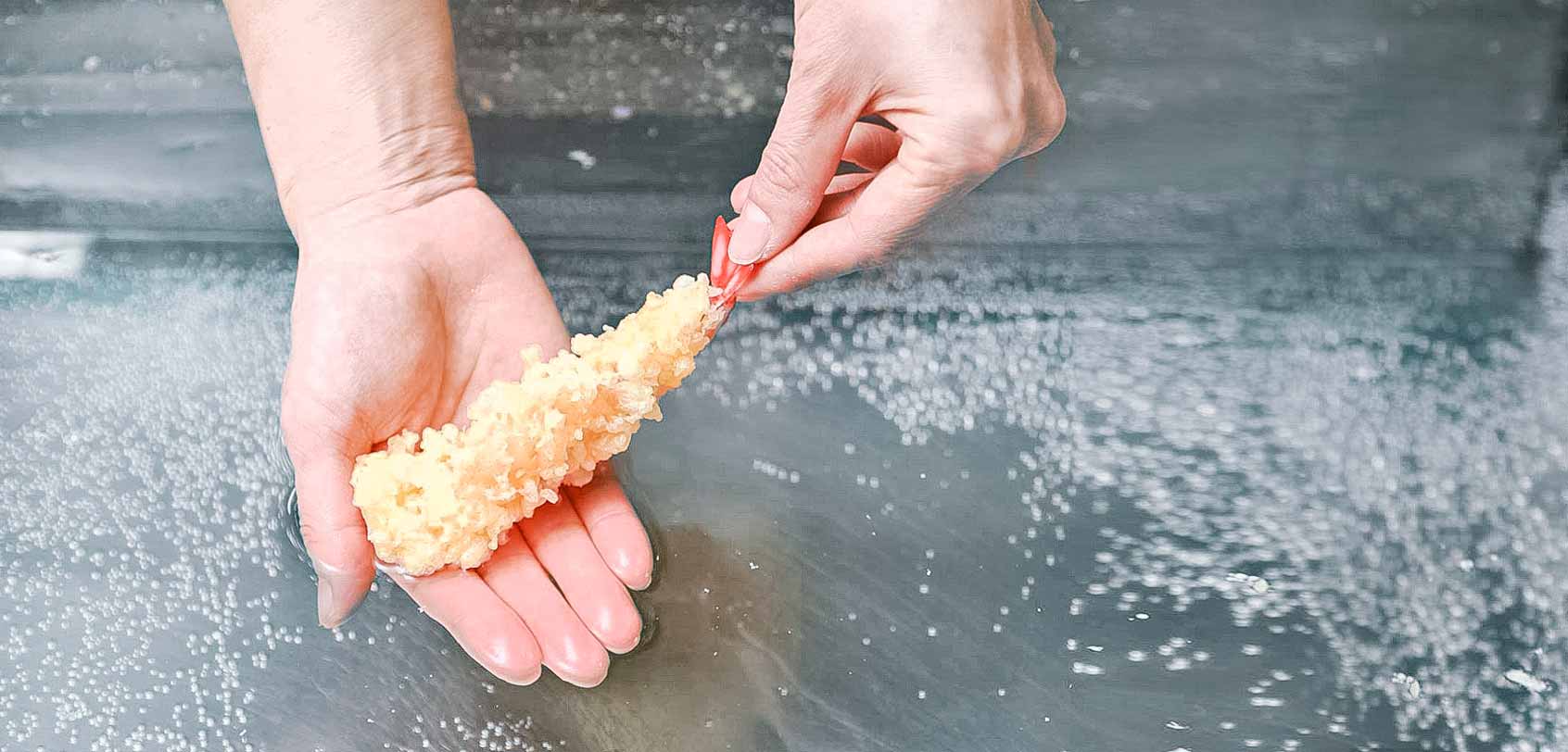

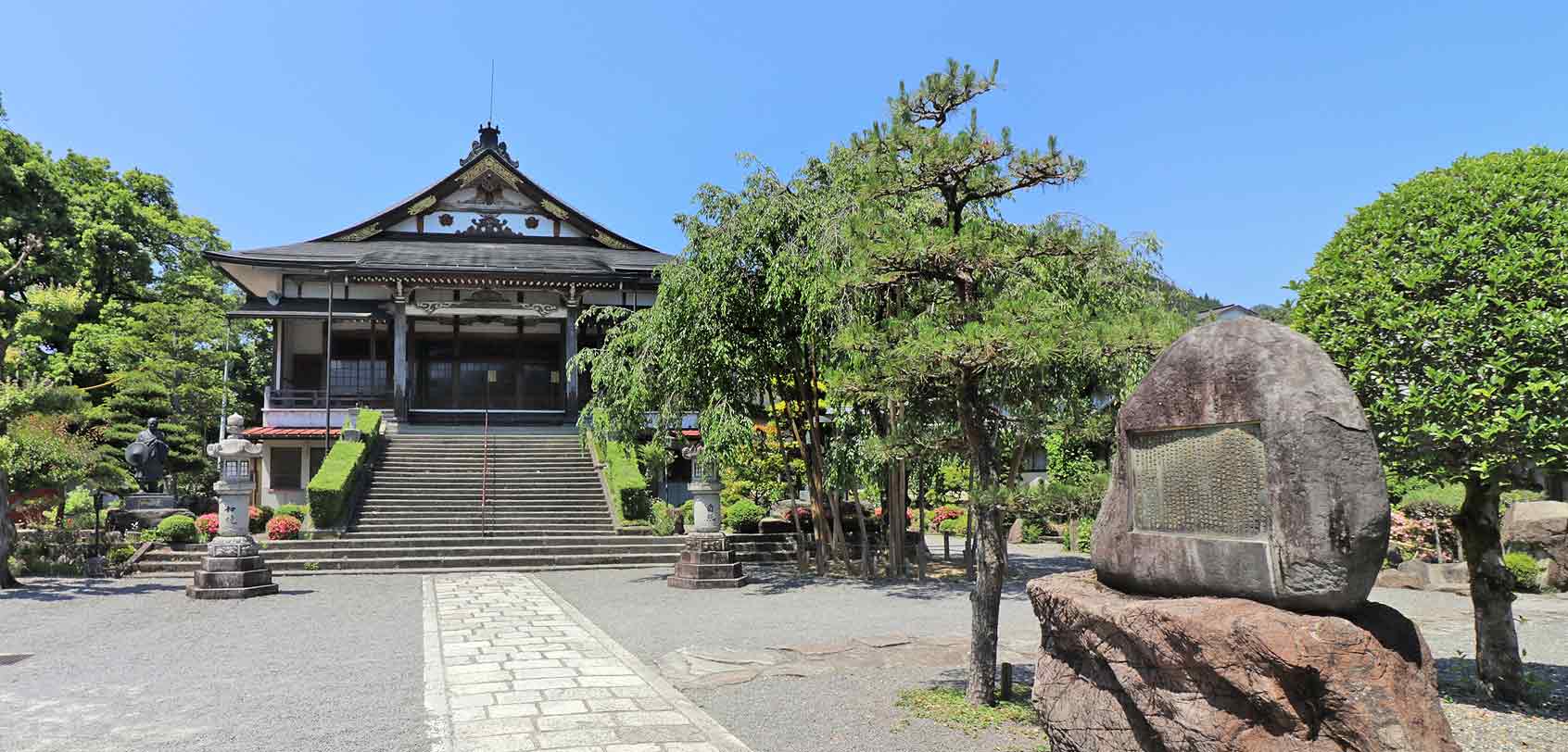
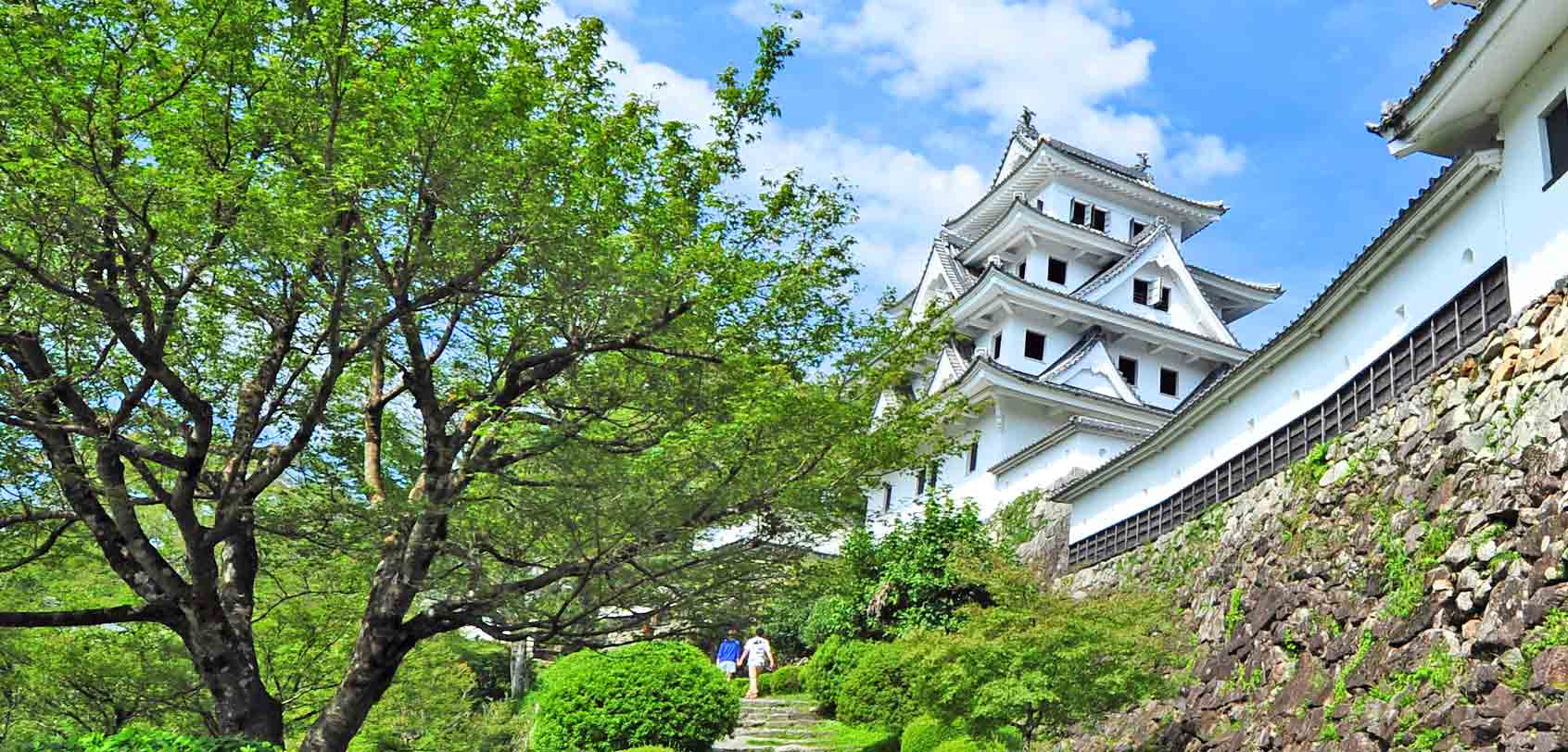
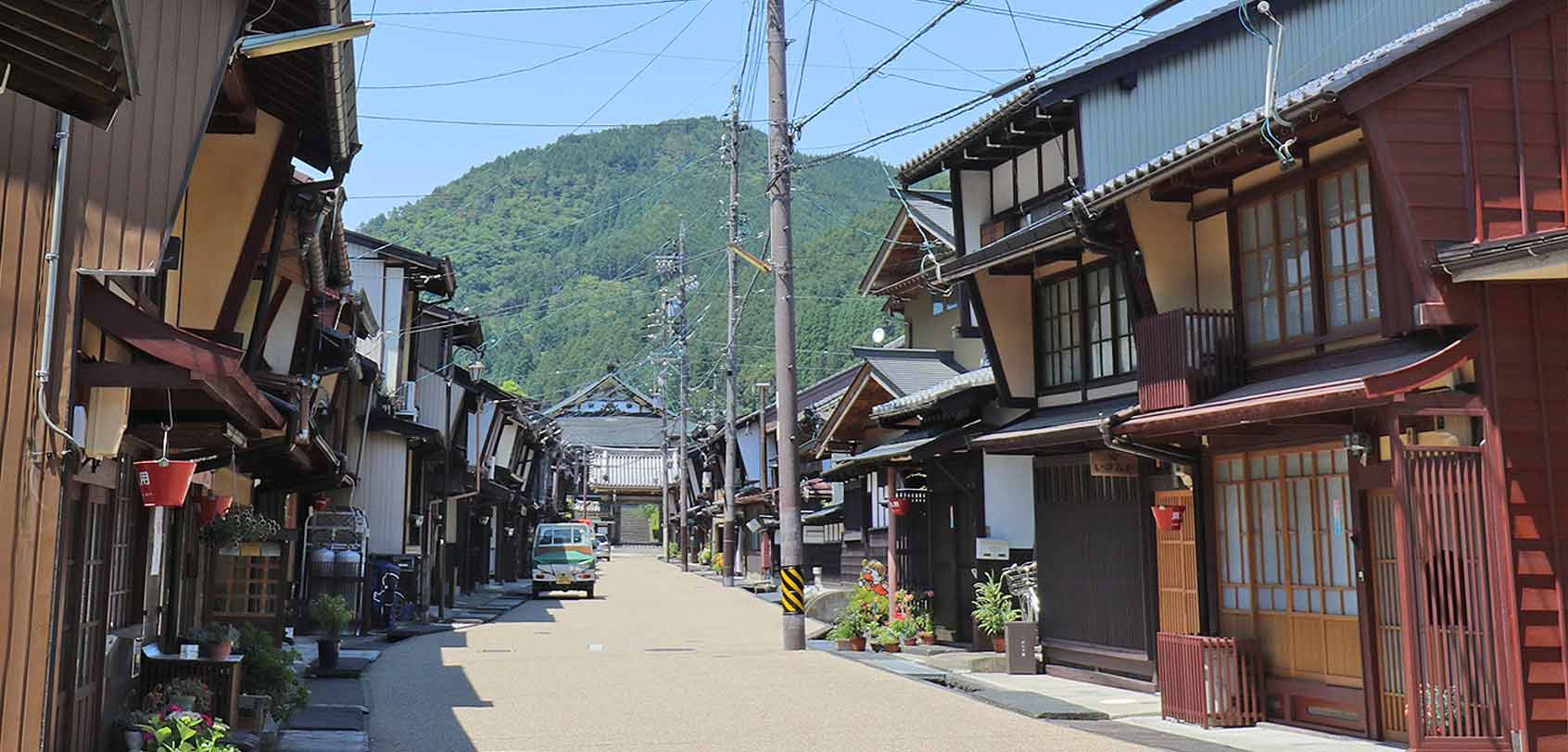
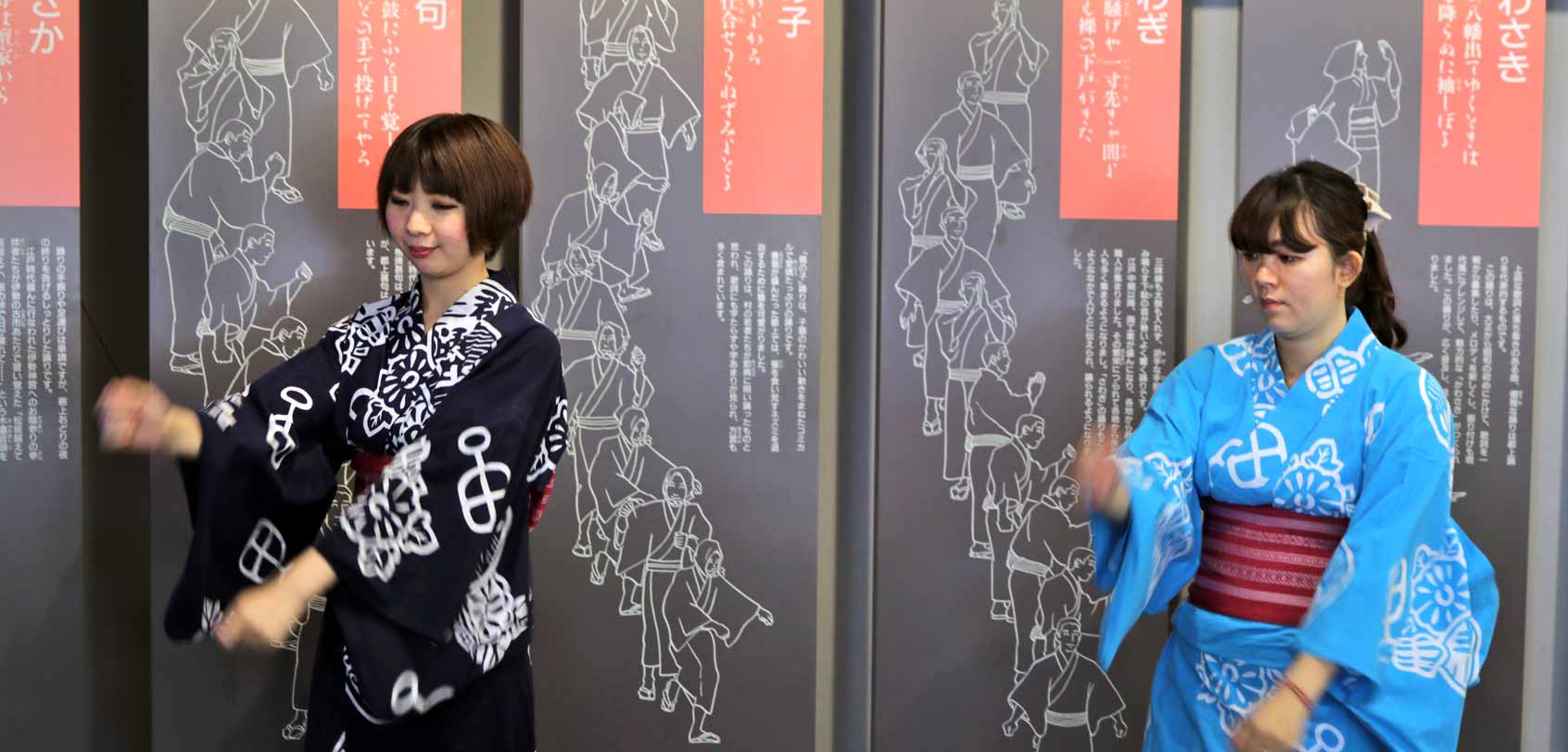
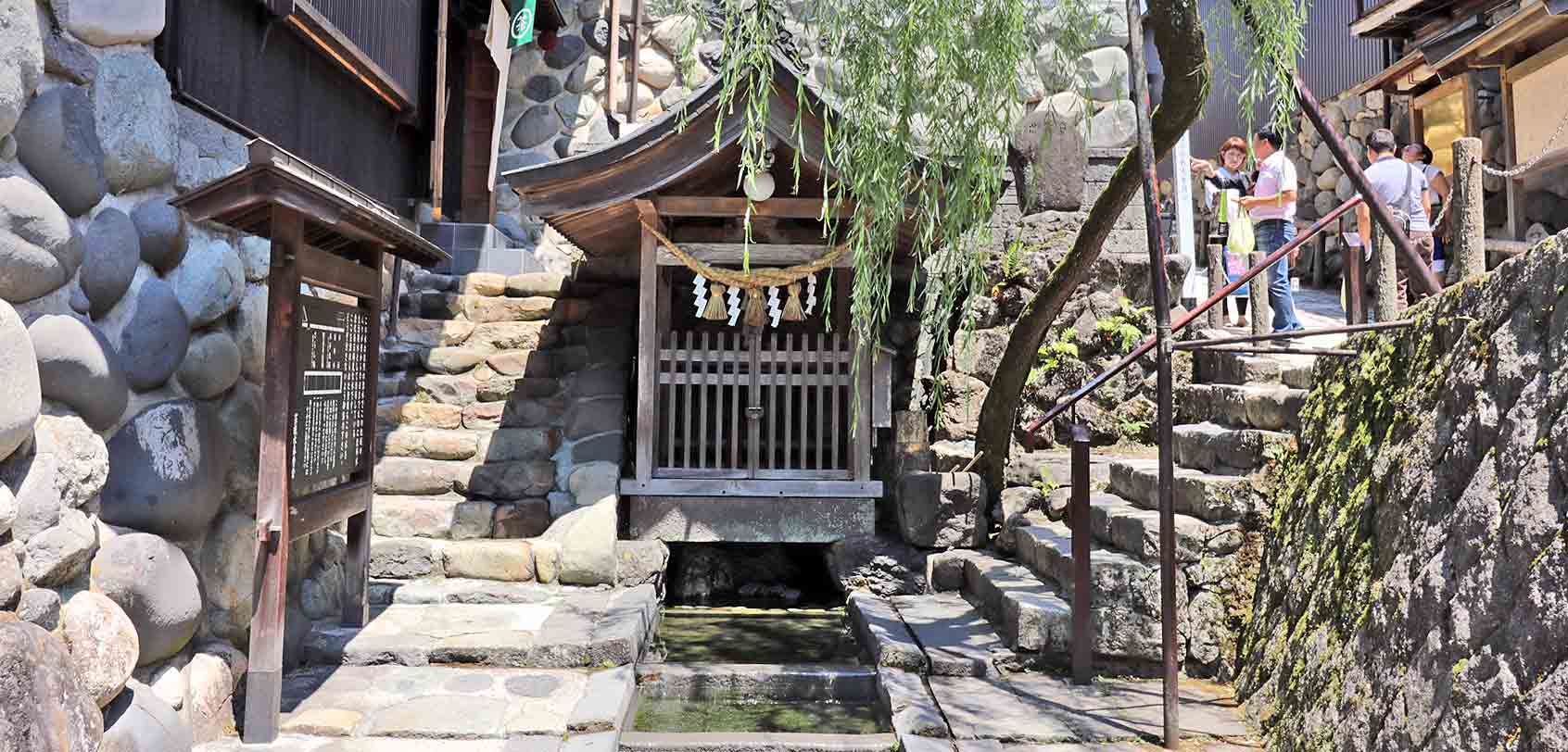
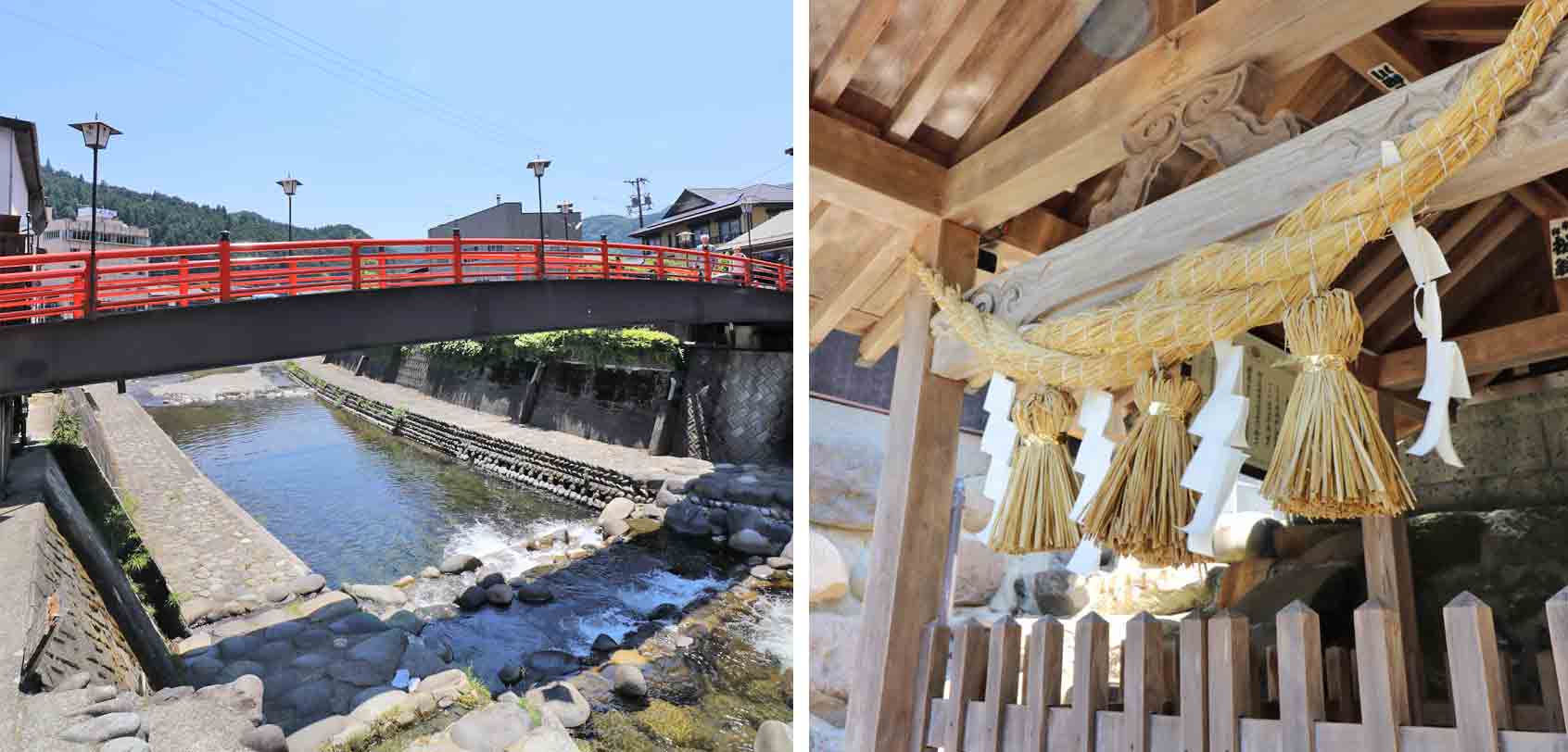
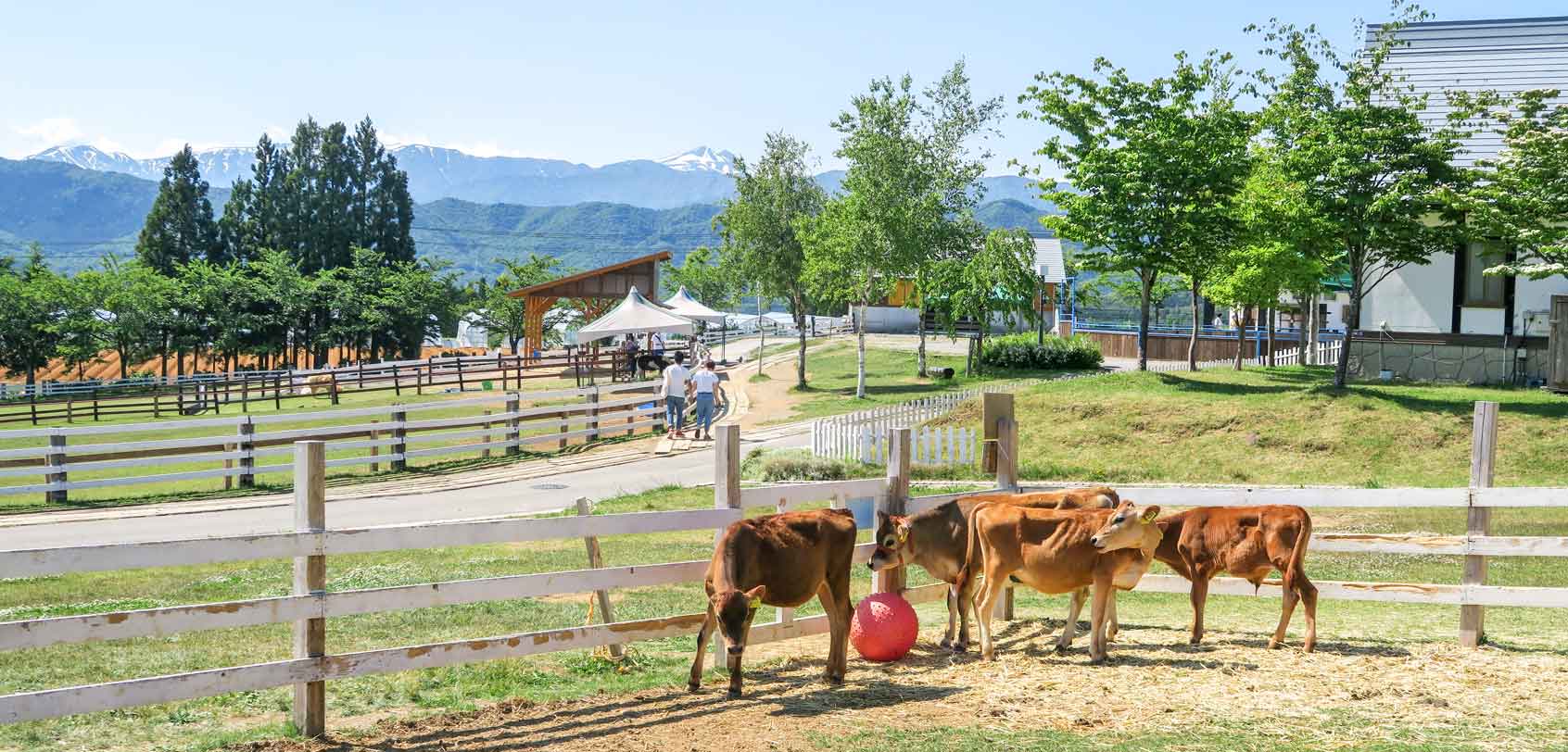
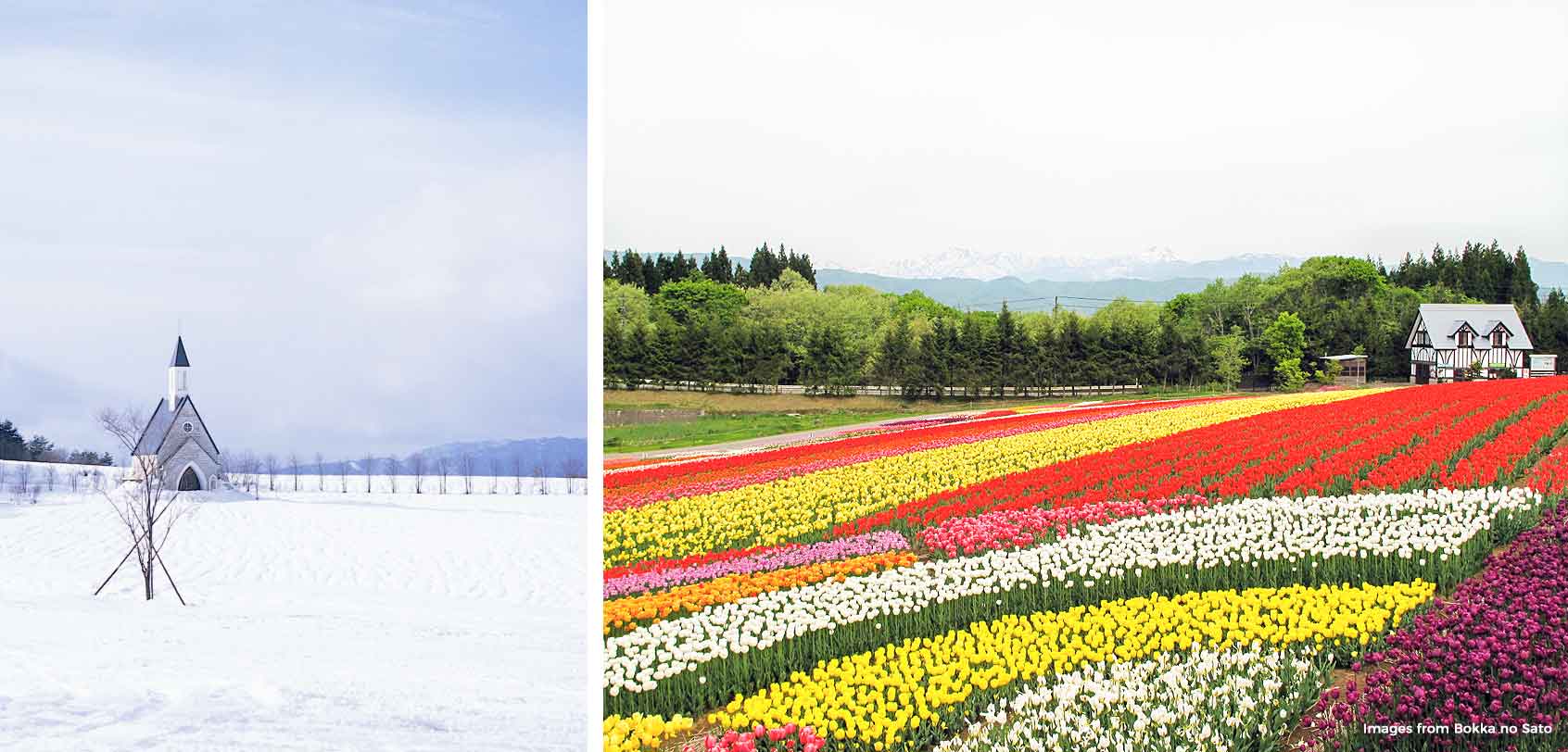
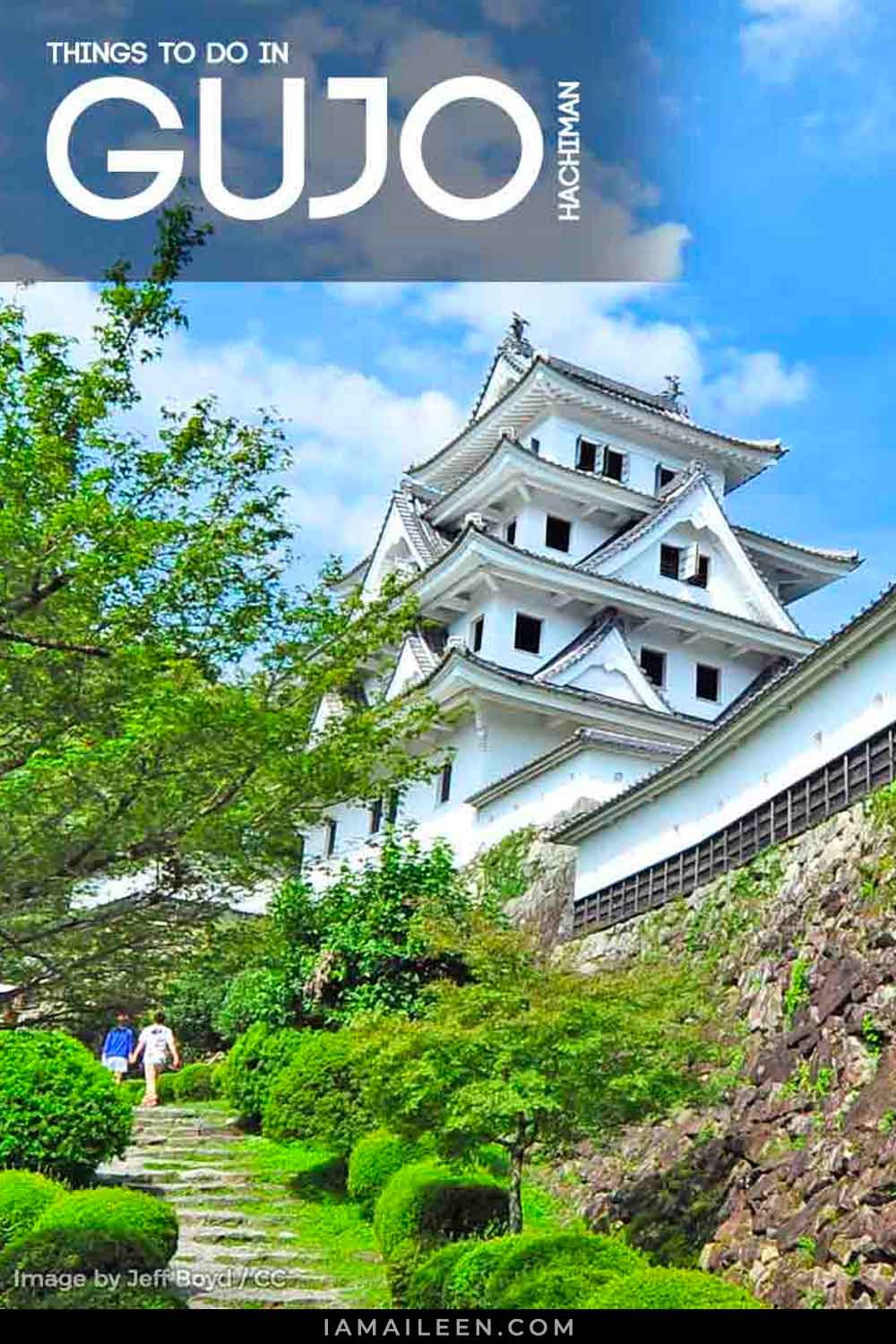


I came to this post via your sample making post. It is currently obon period here in Japan so I will definitely check out the Bon Odori in Gujo Hachiman. Thanks for sharing this!
What an excellent place to visit! I cherish the blooms at Boka no Satto, and Hachiman mansion seems as though it is astonishing to find, all things considered!
It was truly a wonder :D